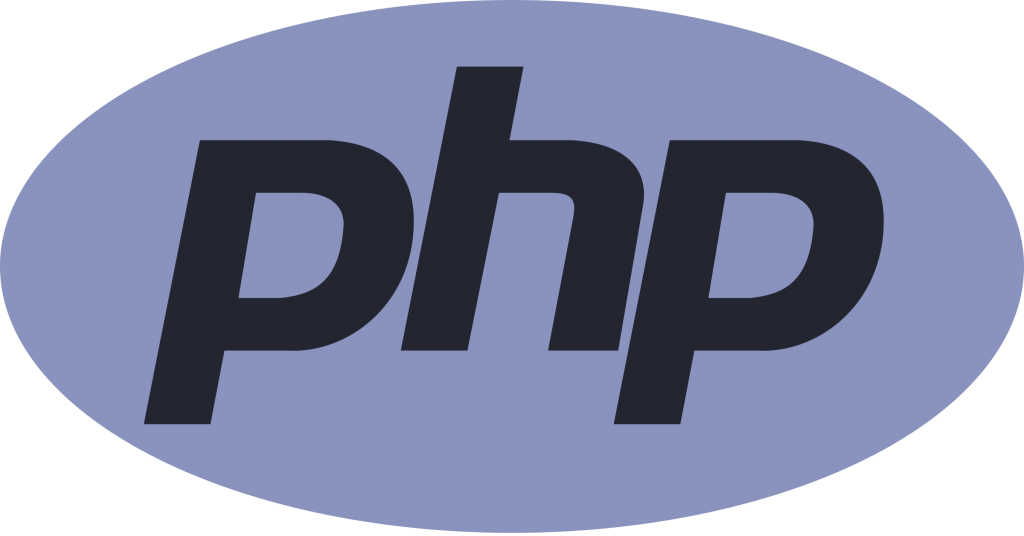Reading time: 6 minutes.
Introduction
In the world of web programming, languages like JavaScript, Python, and Ruby often dominate the conversation. However, there’s an unsung hero from the past that has made a surprising resurgence in recent times – BASIC. Yes, the Beginner’s All-purpose Symbolic Instruction Code, a language that many of us associate with early computing, has found its niche in modern web development. In this article, we’ll explore using BASIC for web programming; its advantages, potential use cases, and how it integrates with contemporary web technologies.

1. The Revival of BASIC in the Modern Web Era
BASIC, initially designed in the 1960s, was popular for its simplicity and ease of use, making it an excellent tool for teaching programming. With the evolution of the web, BASIC seemed to fade into the background. However, with the advent of tools like NS Basic/App Studio and Run BASIC, this veteran language is making an unexpected comeback.
1.1 Why BASIC?
The appeal of BASIC in web programming lies in its simplicity and readability. This is especially beneficial for beginners or those who wish to develop simple applications quickly. Additionally, BASIC’s straightforward syntax reduces the learning curve, making it an attractive option for educational purposes or for hobbyists.
2. Setting Up the Environment for Using BASIC for Web Programming
Before diving into coding, it’s essential to set up an environment that supports BASIC for web development. You can use online IDEs like quitebasic.com or download compilers like QB64, which is designed to run on modern operating systems. For web-specific development, NS Basic/App Studio offers an integrated environment to develop mobile-friendly web applications using BASIC.
2.1 Choosing the Right Tool for Using BASIC for Web Programming
Selecting the right tool depends on your project requirements. If you’re looking to build mobile web apps, NS Basic/App Studio is a great choice. For server-side scripting or web services, Run BASIC is a robust option.

3. BASIC in Client-Side Web Development
3.1 Building a Simple Web Page
Let’s start with a simple example of creating a web page using BASIC. We’ll use HTML for the structure and BASIC for scripting. Here’s a basic example:
PRINT "<html>"
PRINT "<head><title>My First Web Page</title></head>"
PRINT "<body>"
PRINT "<h1>Hello, World!</h1>"
PRINT "</body>"
PRINT "</html>"This BASIC script generates the HTML for a simple web page. When executed in an environment like NS Basic/App Studio, it renders a web page saying “Hello, World!”.
3.2 Interactivity with BASIC
To add interactivity, BASIC can interface with JavaScript. You can write BASIC code that responds to events like clicks or form submissions, and use JavaScript to handle more complex interactions.
4. BASIC on the Server Side
Server-side BASIC is where things get truly interesting. With tools like Run BASIC, you can write BASIC scripts that run on the server, handling tasks like form processing, database interactions, and more.

4.1 Creating a Web Service
Imagine creating a simple web service that returns the current time. Here’s how you might do it in BASIC:
PRINT "Content-Type: text/plain"
PRINT
PRINT "The current time is "; TIME$This script, when run on a server with Run BASIC, would return the current time as plain text.
5. Integrating BASIC with Other Web Technologies
While BASIC can handle a lot of tasks, modern web development often requires a mix of technologies. Fortunately, BASIC can integrate seamlessly with databases, APIs, and other languages.
5.1 Database Connectivity and Using BASIC for Web Programming
BASIC can connect to databases like MySQL or SQLite, allowing you to create dynamic, data-driven websites. You can use BASIC to query the database and display results in a web-friendly format.
5.2 Working with APIs
BASIC can also interact with APIs, fetching data from external services and processing it as needed. This is especially useful for integrating third-party services into your web application.
6. The Limitations and Challenges of Using BASIC for Web Programming
While BASIC has its charms, it’s important to acknowledge its limitations. The language is not as powerful or flexible as more modern languages, and its performance might not be suitable for high-traffic websites. Moreover, finding community support or modern libraries can be a challenge.

6.1 Overcoming the Challenges
To overcome these limitations, you can use BASIC in conjunction with other languages. For instance, use BASIC for simpler tasks or prototyping, and rely on languages like JavaScript or Python for more complex functionality.
7. Deployment and Performance with Using BASIC for Web Programming
When it comes to deploying BASIC web applications and considering their performance, there are several key factors to keep in mind. BASIC, with its legacy as a beginner-friendly language, presents unique challenges and opportunities in the modern web environment.
7.1 Deployment Strategies
Deploying a BASIC web application typically involves a few distinct steps. First, you need to choose a hosting environment. While BASIC isn’t as commonly supported as languages like PHP or Python, there are specialized hosting services that cater to BASIC applications, especially those designed for educational or small-scale commercial use.
If you’re using a tool like Run BASIC, it comes with its own server software, which can be set up on most Windows or Linux servers. For client-side BASIC, the deployment is generally straightforward as it often involves embedding BASIC code within HTML, which is universally supported by web browsers.
7.2 Performance Considerations
Performance is a crucial aspect, particularly if you’re using BASIC for server-side operations. BASIC may not match the performance of more modern languages, but for small to medium-sized applications, it generally performs adequately.
- Efficiency: BASIC’s straightforward syntax can lead to efficient coding practices, but it’s important to write code that minimizes server load, especially for applications expecting a significant number of users.
- Scaling: BASIC applications might not scale as seamlessly as those written in more modern languages. If you anticipate a need to scale, consider using BASIC in conjunction with other technologies or plan for a migration to more scalable languages as your user base grows.
- Optimization: Regularly monitor your application’s performance and optimize the code as needed. Profiling tools specific to BASIC, although not as common, can be used to identify bottlenecks.
- Caching Strategies: Implementing caching strategies can significantly improve the performance of BASIC web applications. Use server-side caching for frequently accessed data to reduce database load.
7.3 Ensuring Smooth Operation
Ensuring the smooth operation of a BASIC web application involves regular maintenance and updates. Keep the software environment updated, and if you’re using third-party tools or libraries, ensure they’re compatible with the latest versions of BASIC interpreters or compilers.
7.4 Compatibility and Browser Support with Using BASIC for Web Programming
Client-side BASIC applications need to be tested across different browsers to ensure compatibility. While modern browsers are generally good at supporting a variety of web technologies, there can be differences in how embedded BASIC code is executed.
7.5 Security Considerations
Security is another vital aspect. Ensure that your BASIC code follows best practices for web security, especially if you’re handling user data or performing server-side operations. Regular security audits can help identify and rectify potential vulnerabilities.
8. Future Prospects and Evolutions of Using BASIC for Web Programming
The future of BASIC in web programming is uncertain but intriguing. As web technologies evolve, so do the tools that support BASIC. We might see more sophisticated IDEs, better integration with modern web frameworks, and an expanding community of BASIC web developers.
8.1 Keeping Up with the Times
To stay relevant, BASIC needs to adapt to modern web standards and practices. This includes better support for responsive design, improved performance, and enhanced security features.
Conclusion
BASIC may not be the first language that comes to mind for web programming, but its simplicity, ease of use, and nostalgia factor make it a unique and viable option for certain projects. Whether you’re a beginner, a hobbyist, or an educator, BASIC offers an approachable entry point into the world of web development. With the right tools and a bit of creativity, you can harness the power of this classic language to build functional and engaging web applications.





